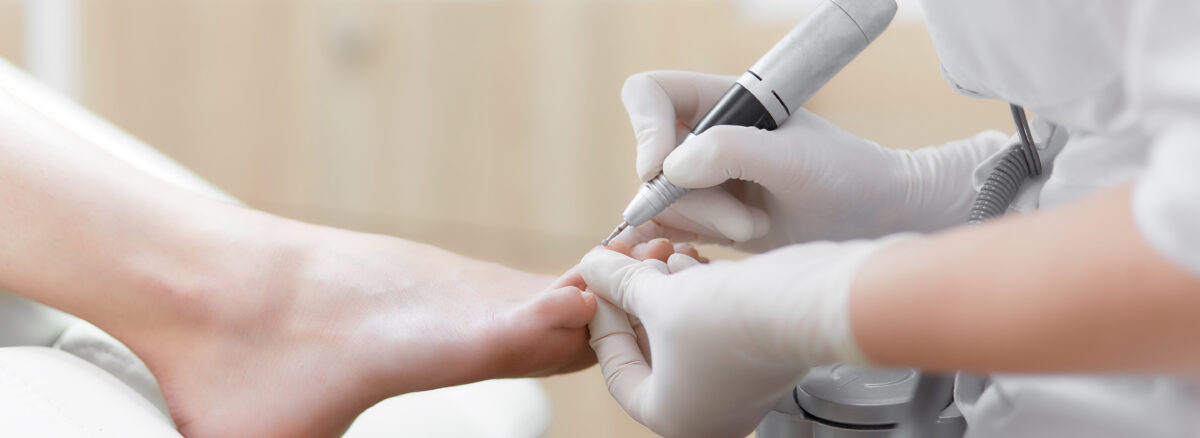Debridement of Dead Skin in Podiatry: A Vital Procedure for Foot Health
Debridement, in the context of podiatry, refers to the medical removal of dead, damaged, or infected skin to improve the healing potential of the remaining healthy tissue. This process is essential for the treatment of various foot conditions, including ulcers, calluses, and infections that can lead to more serious complications if left untreated.
Importance of Debridement
The primary goal of debridement is to reduce the risk of infection and to promote the healing of the foot’s skin and tissues. Dead skin can harbor bacteria and prevent the proper closure of wounds, making debridement a critical step in the care of patients with diabetic foot ulcers or other non-healing wounds.
Methods of Debridement
Debridement can be performed using several techniques, depending on the severity and nature of the skin condition:
- Surgical Debridement: The most aggressive method, involving the use of scalpels, scissors, or other instruments to remove dead tissue.
- Autolytic Debridement: Utilizes the body’s own enzymes and moisture to soften and break down dead tissue.
- Enzymatic Debridement: Involves the application of topical enzymatic agents that break down dead tissue.
- Mechanical Debridement: Physical removal of dead tissue through irrigation, hydrotherapy, or wet-to-dry dressings.
- Biological Debridement: Uses sterile maggots that consume only dead tissue.
The Procedure
During a debridement procedure, a podiatrist will:
- Clean the affected area to minimize the risk of infection.
- Choose the most appropriate debridement method.
- Carefully remove the dead skin and tissue, ensuring as much healthy tissue is preserved as possible.
- Apply a dressing to the area to promote healing and protect it from further injury or infection.
Aftercare and Recovery
Post-debridement care is crucial for successful healing. Patients may be advised to:
- Keep the area clean and dry.
- Change dressings as directed.
- Apply prescribed topical medications.
- Monitor the area for signs of infection.
- Limit pressure and friction on the affected area to prevent recurrence.
Who Needs Debridement?
Patients who may require debridement include:
- Individuals with diabetes: Particularly those with foot ulcers.
- Patients with peripheral arterial disease that leads to poor circulation in the feet.
- Those with calluses, corns, or warts that are causing discomfort or pain.
- Individuals with infections or wounds that are not healing properly.
Risks and Considerations
While debridement is generally safe, potential risks include:
- Pain during and after the procedure.
- Bleeding.
- Infection.
Patients should always seek care from a qualified podiatrist or healthcare provider who can minimize these risks and provide expert wound care.
Debridement is a pivotal procedure in podiatric medicine that aids in the healing of foot wounds and the prevention of potential complications. It is a targeted approach that, when combined with appropriate aftercare, can significantly improve outcomes for patients with problematic foot conditions. If you’re experiencing issues with non-healing wounds or dead skin accumulation on your feet, consult a podiatrist to discuss whether debridement is appropriate for your situation.


